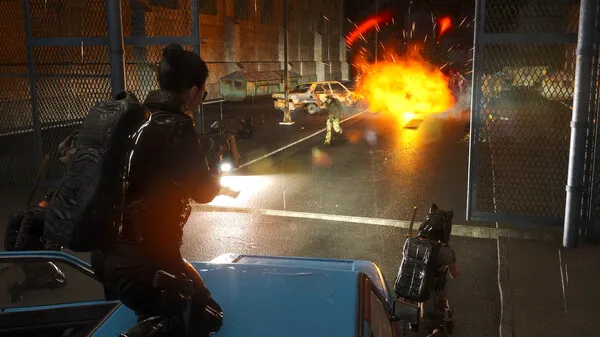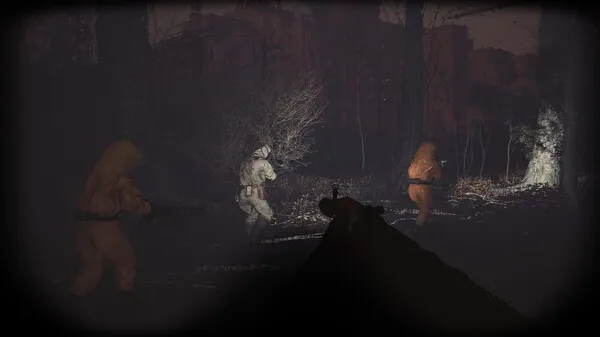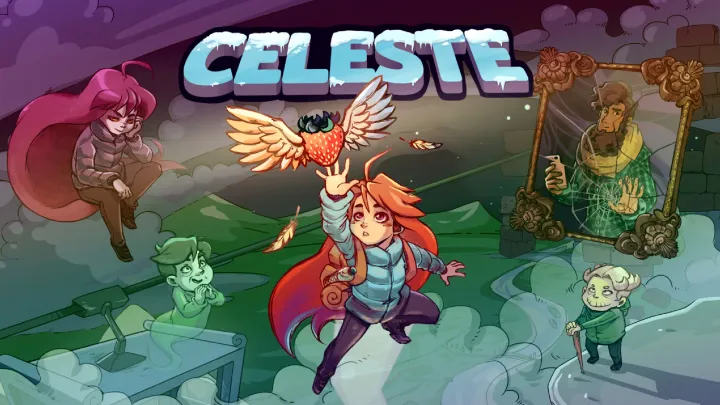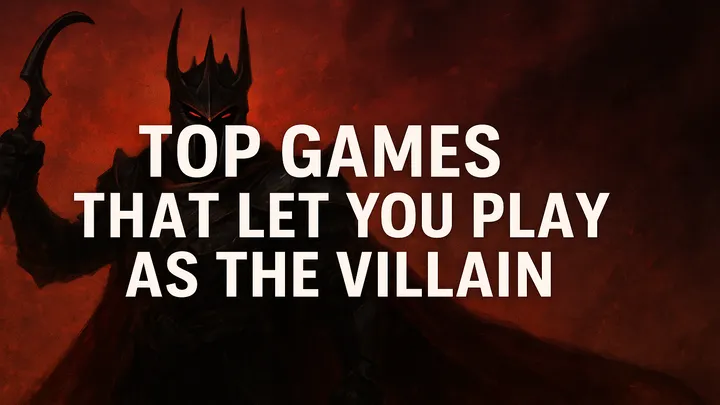SCUM is a brutally realistic open-world survival game that challenges players with complex systems, from metabolism and combat to crafting and base-building. Whether you're a fresh spawn or a seasoned inmate, mastering SCUM requires more than brute force—it demands strategy, patience, and adaptability. This guide walks you through the full survival arc, organized chronologically and thematically, with practical tips, gear advice, and tactical insights to help you dominate the island.
Starting Out: Character Creation and First Steps
Your journey begins with character creation. SCUM’s attribute system—Strength, Constitution, Dexterity, and Intelligence—affects everything from stamina and recoil to crafting speed and awareness. For beginners, a balanced build with slightly higher Constitution and Dexterity is ideal.
Once spawned, your first goal is survival. Craft a stone knife by searching for rocks, then use it to make a wooden spear. These basic tools will help you defend yourself and hunt for food. Avoid cities early on—they’re loot-rich but often dangerous.
Beginner checklist:
- Craft stone knife and wooden spear
- Prioritize Dexterity and Constitution
- Avoid high-traffic zones initially
Conclusion: Your first minutes in SCUM are critical—focus on crafting, stealth, and learning the terrain.
Finding Food and Managing Metabolism
SCUM’s metabolism system is one of its most unique features. You’ll need to monitor calories, vitamins, hydration, and digestion. Eating junk food may fill your stomach but won’t sustain you long-term.
Forage for mushrooms, berries, and insects. Hunt small animals like rabbits or birds, and cook meat over a campfire. Drink from wells or clean water sources—untreated water can cause illness. Use the Metabolism tab to track nutrient levels and adjust your diet accordingly.
Nutrition tips:
- Balance carbs, fats, and proteins
- Cook meat to avoid parasites
- Monitor hydration and digestion
Conclusion: Understanding metabolism is key to long-term survival—eat smart, not just fast.
Crafting Essentials: Tools, Weapons, and Shelter
Crafting is your lifeline in SCUM. Start with basic tools—stone knives, spears, and improvised backpacks. As you progress, unlock recipes for bows, arrows, and traps. Use the crafting menu to explore options and plan ahead.
Shelter is vital. Build a simple base with a bed, storage, and fire pit. Use nearby resources like logs, stones, and scrap metal. Even a small shelter offers protection from weather and a respawn point if you die.
Crafting priorities:
- Improvised backpack and bow
- Campfire and drying rack
- Shelter with bed and storage
Conclusion: Crafting empowers you—build tools and shelter early to gain control over your environment.
Looting and Inventory Management
Looting is essential but risky. Military bases and bunkers offer high-tier gear but attract other players and puppets (zombies). Use stealth and avoid combat unless necessary. Always check your surroundings before looting.
Inventory space is limited by weight and volume. Use backpacks, vests, and cargo pants to expand capacity. Prioritize essentials—ammo, food, medical supplies—and avoid hoarding. Organize gear by type for quick access during combat.
Looting tips:
- Use stealth in high-risk zones
- Prioritize weight-efficient items
- Organize inventory for speed
Conclusion: Loot smart, not hard—efficiency and caution will keep you alive longer than greed.
Combat Basics: PvE and PvP Survival
Combat in SCUM is unforgiving. PvE threats include puppets and wild animals, while PvP introduces unpredictable human opponents. Learn to use cover, manage stamina, and aim precisely. Melee weapons are effective early on; firearms dominate later.
Avoid unnecessary fights. Use distraction tactics like noise or bait. In PvP, ambushes and sniping are common—stay alert and use terrain to your advantage. Always carry bandages and painkillers for emergencies.
Combat checklist:
- Practice melee and ranged combat
- Use terrain and stealth
- Carry medical supplies
Conclusion: Combat is about control—master movement, awareness, and timing to survive encounters.
Building a Base: Security and Sustainability
Once you’ve gathered resources and gear, it’s time to build a base. Choose a location near water and resources but away from high-traffic zones. Use walls, gates, and traps to secure your perimeter.
Craft storage boxes for loot and build a bed to set your spawn point. Advanced players can add workbenches, cooking stations, and even vehicles. Regularly check for raiders and reinforce weak points.
Base-building strategy:
- Location: remote but resource-rich
- Security: walls, gates, traps
- Sustainability: water, food, crafting stations
Conclusion: A strong base is your fortress—build smart and defend fiercely.
Vehicles and Transportation
Vehicles offer mobility and storage but require maintenance. Find a car or bike, repair it with toolkits, and fuel it using jerry cans. Keep spare parts and fuel in your base for emergencies.
Use vehicles to explore distant areas, transport loot, or escape danger. Be cautious—vehicles attract attention and can be ambushed. Always park in hidden or fortified locations.
Vehicle tips:
- Repair kits and fuel are essential
- Use vehicles for exploration and transport
- Hide or secure vehicles when not in use
Conclusion: Vehicles are powerful tools—use them wisely and protect them like your life depends on it.
Advanced Crafting and Skill Progression
SCUM features skill progression based on usage. The more you craft, shoot, or run, the better you get. Focus on your preferred playstyle—melee, archery, firearms, or stealth—and practice regularly.
Advanced crafting includes traps, explosives, and electronics. Unlock these by leveling Intelligence and using workbenches. Combine items creatively—e.g., crafting silencers or improvised armor.
Skill-building tips:
- Practice consistently to level up
- Use crafting stations for advanced recipes
- Specialize based on your playstyle
Conclusion: Skills evolve with effort—train deliberately to unlock powerful tools and tactics.
Surviving the Elements: Weather and Clothing
SCUM’s dynamic weather affects gameplay. Rain lowers body temperature and wets clothing, increasing weight. Cold weather drains stamina and can cause hypothermia. Dress appropriately—layer clothing and use waterproof gear.
Dry wet clothes near a fire or in the sun. Monitor body temperature and adjust gear accordingly. Use shelters and vehicles to escape harsh conditions. Weather awareness is crucial for long-term survival.
Weather survival tips:
- Layer clothing for insulation
- Dry wet gear to reduce weight
- Monitor temperature and stamina
Conclusion: Nature is your silent enemy—adapt to weather or risk slow, painful death.
Multiplayer Strategy and Team Play
SCUM’s multiplayer adds depth and danger. Join a squad for shared resources, protection, and coordinated raids. Use voice chat or Discord for communication. Share roles—builders, scouts, medics—for efficiency.
In PvP, teamwork is vital. Flank enemies, set ambushes, and defend your base together. Trust is rare—choose allies carefully and establish clear rules. Betrayal is common, so secure your loot and monitor squad behavior.
Multiplayer tactics:
- Join squads for shared survival
- Communicate and assign roles
- Secure loot and monitor trust
Conclusion: Multiplayer is high-risk, high-reward—teamwork can elevate your game or end it in betrayal.
Conclusion
SCUM is a survival sandbox that rewards intelligence, patience, and adaptability. From crafting your first spear to building a fortified base, every decision matters. This guide equips you with the tools and strategies to thrive—whether solo or in a squad. Master the systems, respect the environment, and stay one step ahead of danger. The island is unforgiving, but with the right mindset, you’ll not only survive—you’ll dominate
















